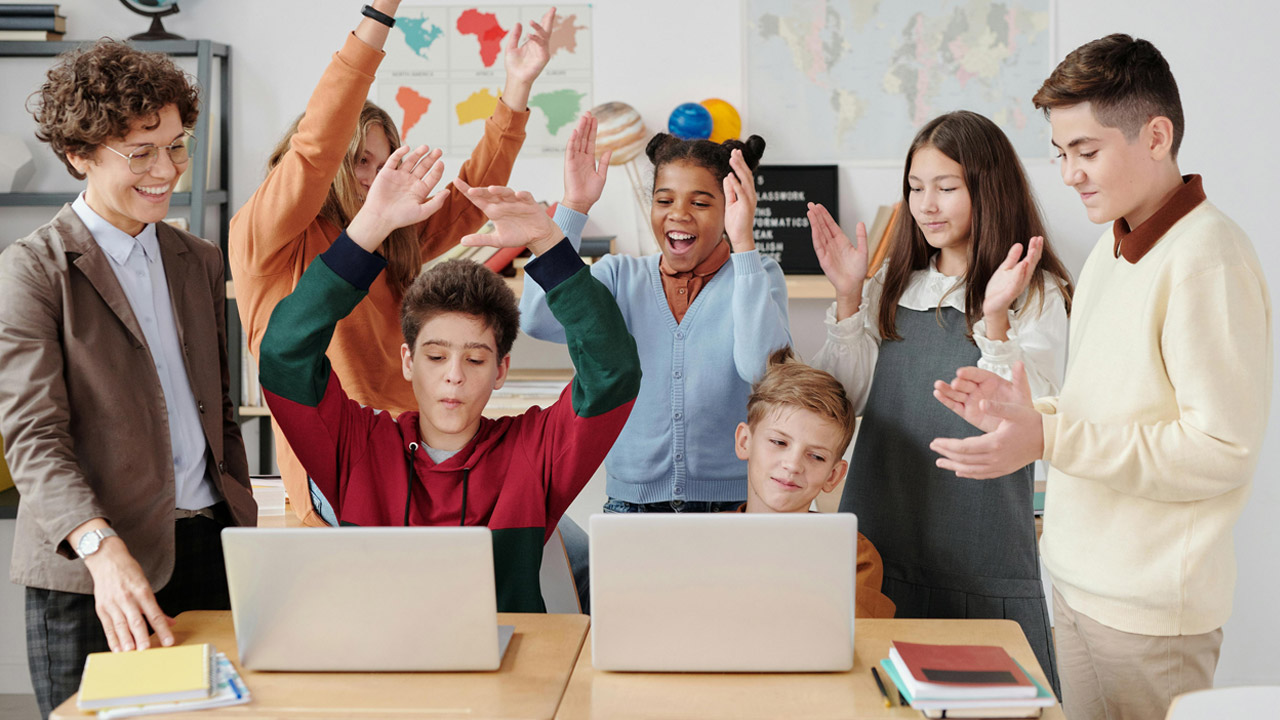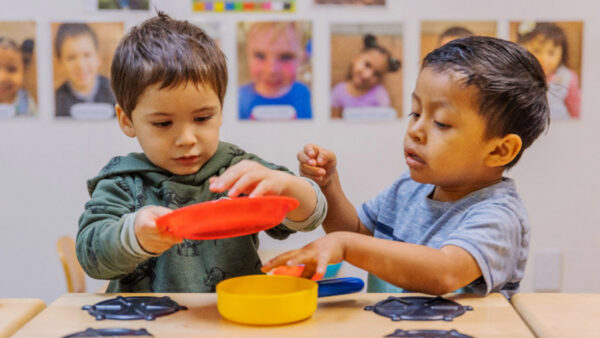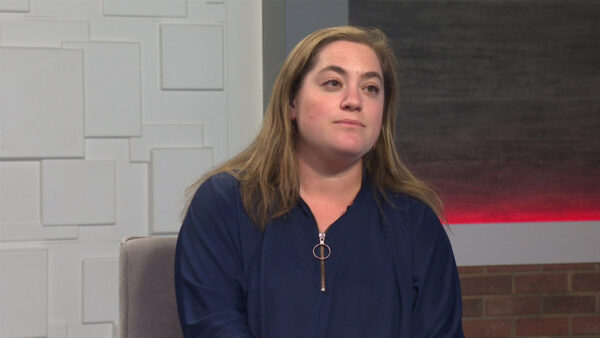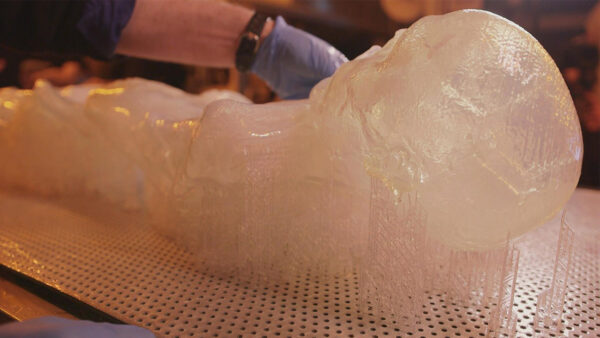
How to gamify our learning environments
April 9, 2024
As parents, care givers, and educators know, it is undeniable that we live in a gaming world. Our kids live for the immediate gratification that games provide. Rather than keep fighting it, here are five ways we can implement gaming components into our learning environments to make education more engaging and fun for kids of all ages.
1. Find ways to level-up. Make a big deal every time a student meets a goal or masters a concept. Incorporate a digital or bulletin board to keep track of how many times students “Level-Up!” Students love to celebrate their wins, and this will drive them to work harder.
2. Host digital games. Engage the entire classroom in quiz-like games using platforms such as Kahoot and Blooket. There are ways to create quizzes reviewing skills taught in the classroom or try searching the game platforms for games that have already been created by other educators. Students love to see immediate feedback, and the competitive component can help spark an interest in learning.
3. Use the IXL Leaderboard. If your school or classroom uses the IXL app for learning, use the Leaderboard option! This means the app will track which students are answering the most amount of questions correctly in a given time frame. Once it’s set up, consider rewarding the winner or winners with a special treat.
4. Visit escape rooms. Escape rooms are a fun way to engage teams of students. There are several websites providing options for educators. Typically, a team is given a task to complete, and if they are able to solve it correctly, then they obtain the next task, then they complete a puzzle and obtain the next task, and so on. The first team to complete all of the tasks correctly wins and “escapes.”
5. Go old school with card games. Now that technology has taken over, teachers are not pulling out manipulatives as much as before. It is time to revert back in time and pull out the cards! Card games can be engaging and fun for students especially since it is such a rarity to play them nowadays. For example, students could play multiplication or addition war.
In what other ways can parents or educators gamify the learning environment? Let us know at Arizona PBS KIDS on Facebook.
About the author

Marissa Will is the mother of two, Olivia (6) and Logan (4). Writing was her first passion: she’s a freelance writer and a Walter Cronkite School of Journalism and Mass Communication alumna. Will is currently educating the future leaders of tomorrow: She has spent the past nine years educating third grade with a master’s degree in elementary education from Northern Arizona University-Yuma.






















